

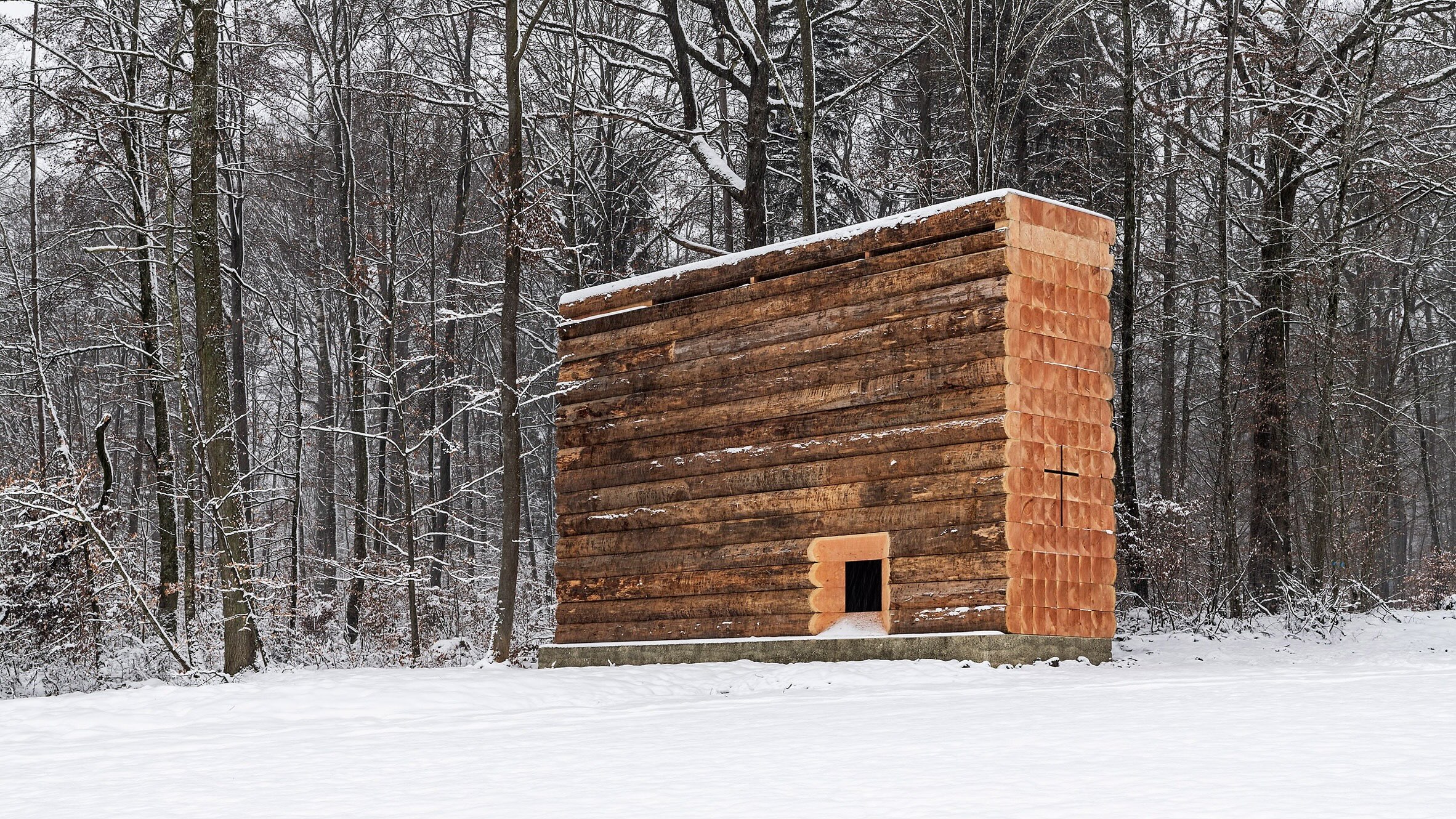
Before Dinesen encountered Pawson, the company mostly produced traditional conical planks for restorations of manors, castles and churches. The upkeep of such historical spaces rely on crafts and materials that are at risk of extinction, produced with a particularly long lifespan in mind. An essential part of Dinesen’s heritage, it is a testament of how wood transforms and ages gracefully with time and heavy use.
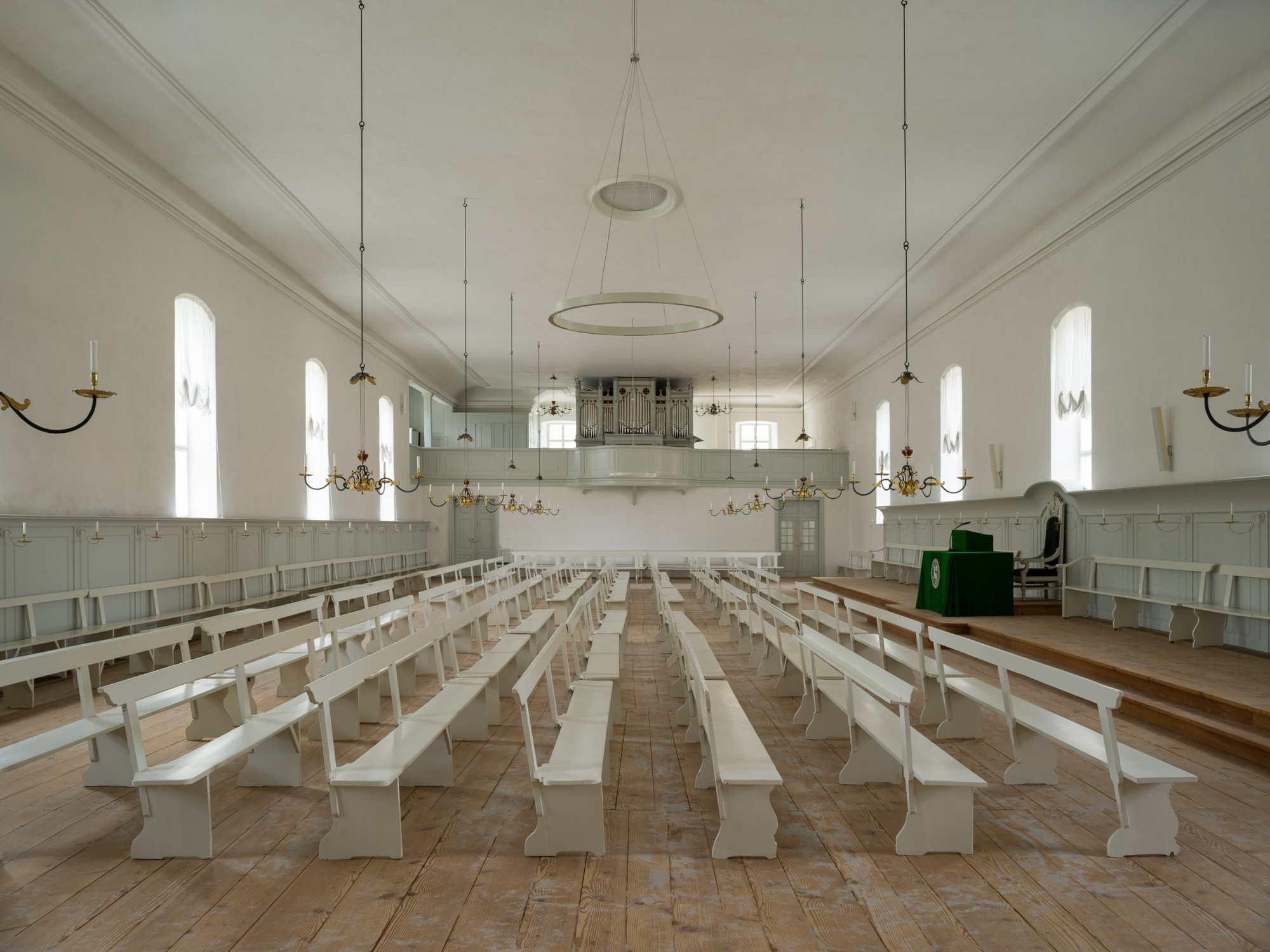


Christiansfeld Church
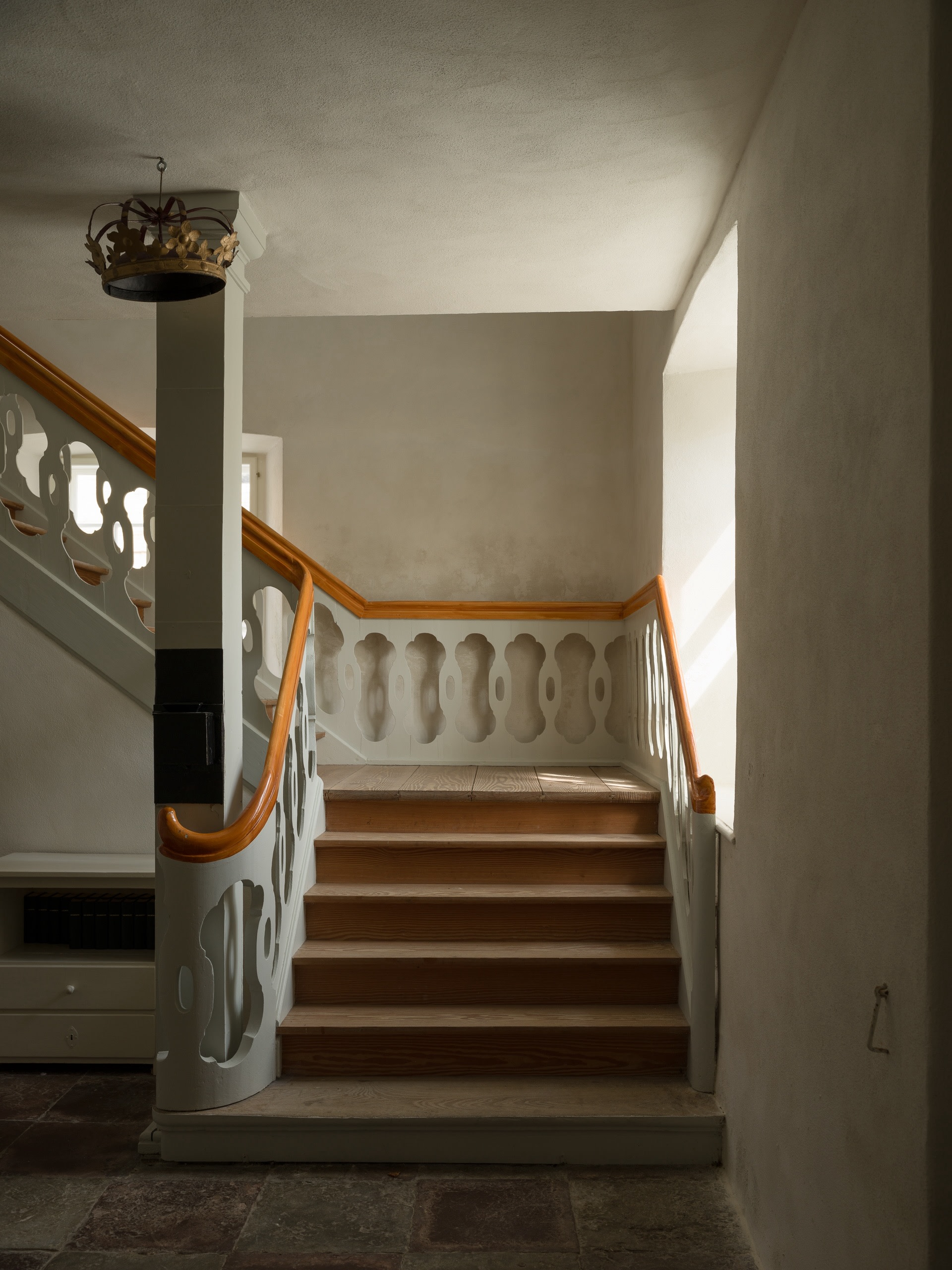
Christiansfeld Church
At the Christiansfeld church in Southern Jutland, the Douglas fir floors restored in 1975 are strewn with sifted white sand from the west coast, part of preserving its beauty for the next centuries. It is an act of care for the wood. An old, traditional way to keep the floors clean, it also contributes to a particular atmosphere, softening the acoustics, literally bringing the interior down to earth. A natural part of the interior and place, they become a continuation of its story.

Abbey of Le Thoronet

Abbey of Le Thoronet
Meanwhile, John has worked with a range of sacred spaces throughout his career. Early on, the Cisterian Abbey of Le Thoronet became a place for pilgrimage, for creative and spiritual enlightenment. Commenced 1161 and finished in 1230 by Cistercian monks, the abbey lies in the untamed landscape of Var in Provence, France. Capturing the attention and affection of countless generations of architects, among them Le Corbusier, it is revered for the thought given to movement of light, mass and the surrounding landscape. The bare bones structure with a tangible spirit has come to influence the way John works with those precise elements: light, mass, site.


Lady of Nový Dvûr
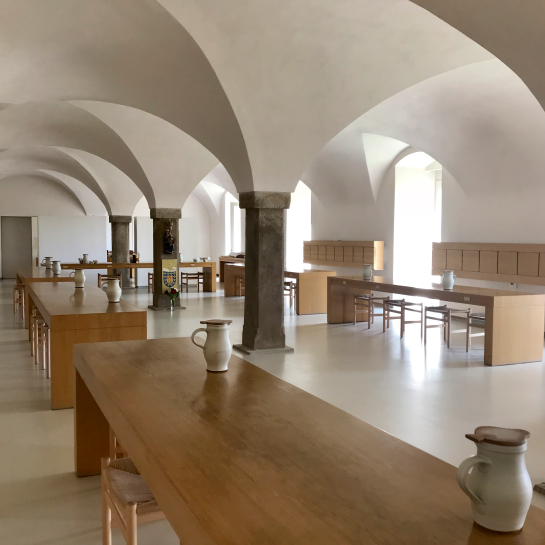
Lady of Nový Dvûr

His exceptional additions to and recontextualization of The Abbey of Our Lady of Nový Dvůr in the Czech Republic stands testament to his intimate knowledge of the sacred atmosphere, an exceptional capacity to take spiritual spaces in a new direction without losing track of its innate nature. At the St. Moritz Church in Augsburg, Germany, translucent onyx filters the light to create a divine, soft light. Heavy, dark wood pews anchor the space, treading to the foreground and giving a sense of reliable substance, even permanence. The expanse created around selected artefacts in the church enables a particular sense of focus, it guides our eyes, spirits and senses throughout the space.
The more he works with key elements and principles, the closer he seems to get to the truth. The culmination of Dinesen and Pawson’s common exploration of sacred spaces is the Wooden Chapel in Unterliezheim, Bayern. Comprising of 61 logs of Douglas fir hand-picked by Dinesen from 6 local forests across Baden-Württenberg and Rheinland-Pfalz, it is a remarkable exercise in creating an immersive, spiritual atmosphere - an awe - using light, mass and landscape as guiding principles. It is as simple as it is moving.

Wooden Chapel
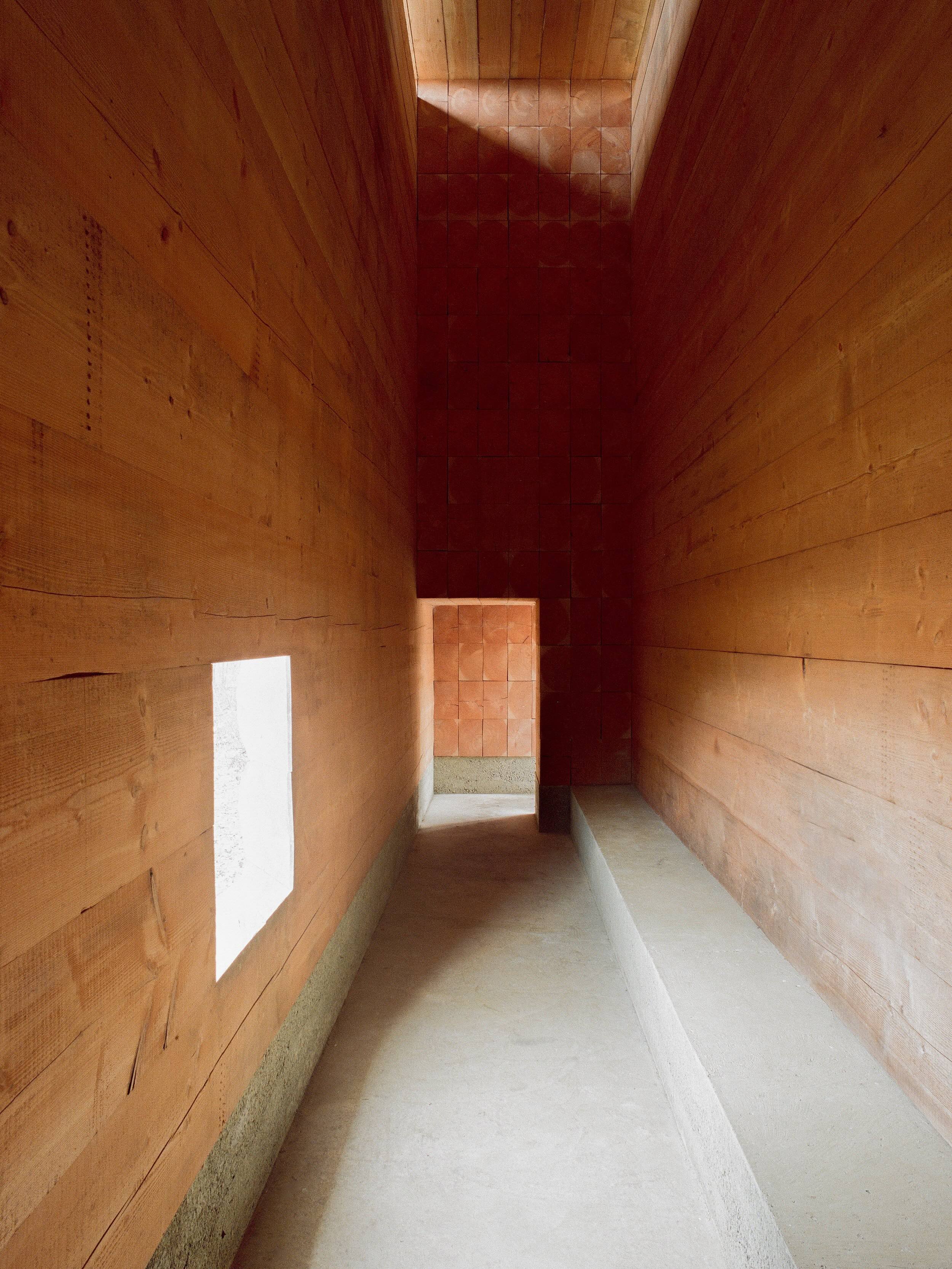
Wooden Chapel
The roughly hewn logs that form the structure blend into the landscape. Shaved on the inside, these reveal the warm, pinkish hue of Douglas fir. A small aperture at roof level creates a low interior light in constant transformation, palpably affected by the course of daylight. The single material invites total immersement, to experience the space by way of the senses - of touch, the distinct smell of resins, the acoustic quality of the wooden surface, the change of light. It is a visceral, encapsulating atmosphere.

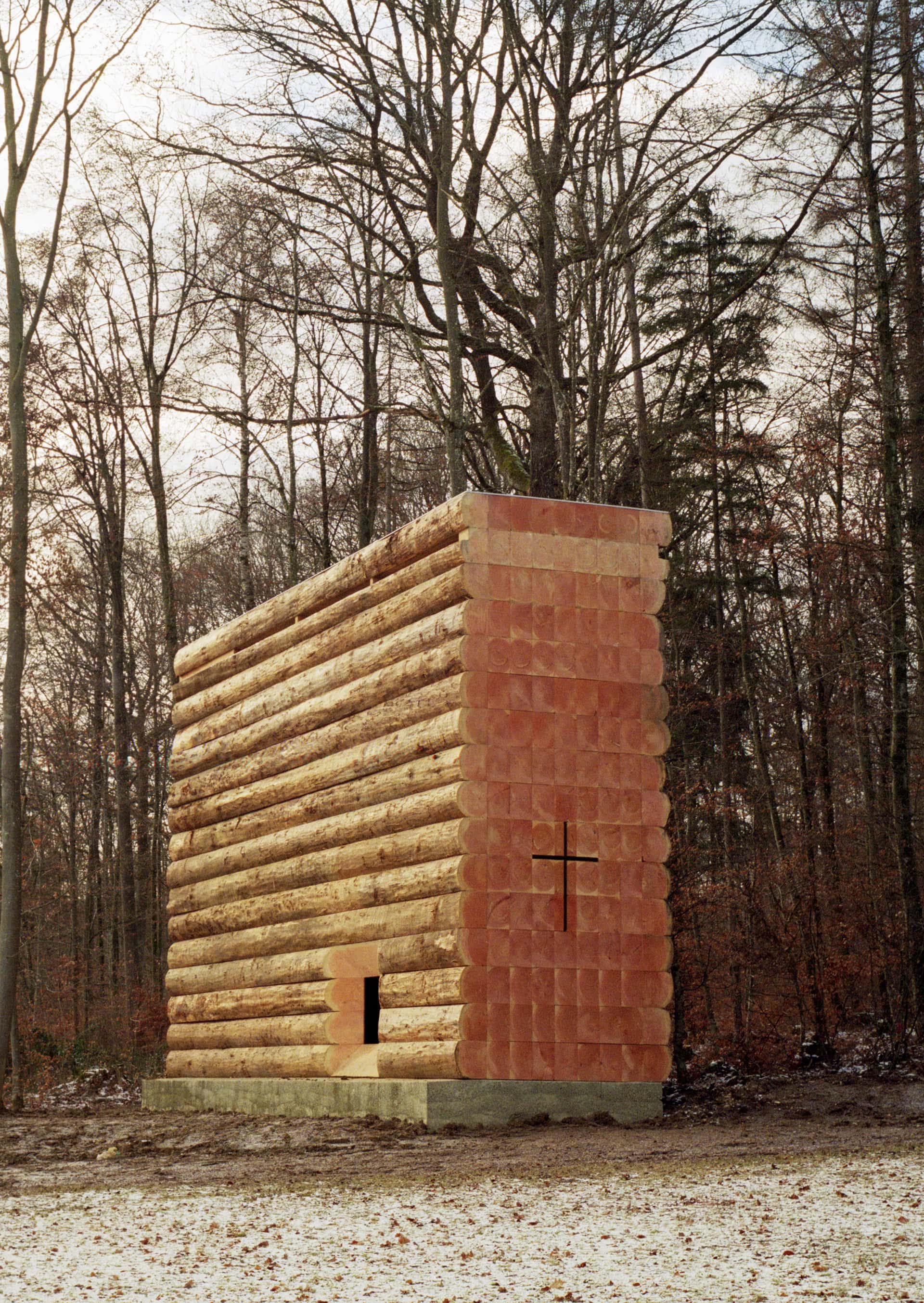
Wooden Chapel
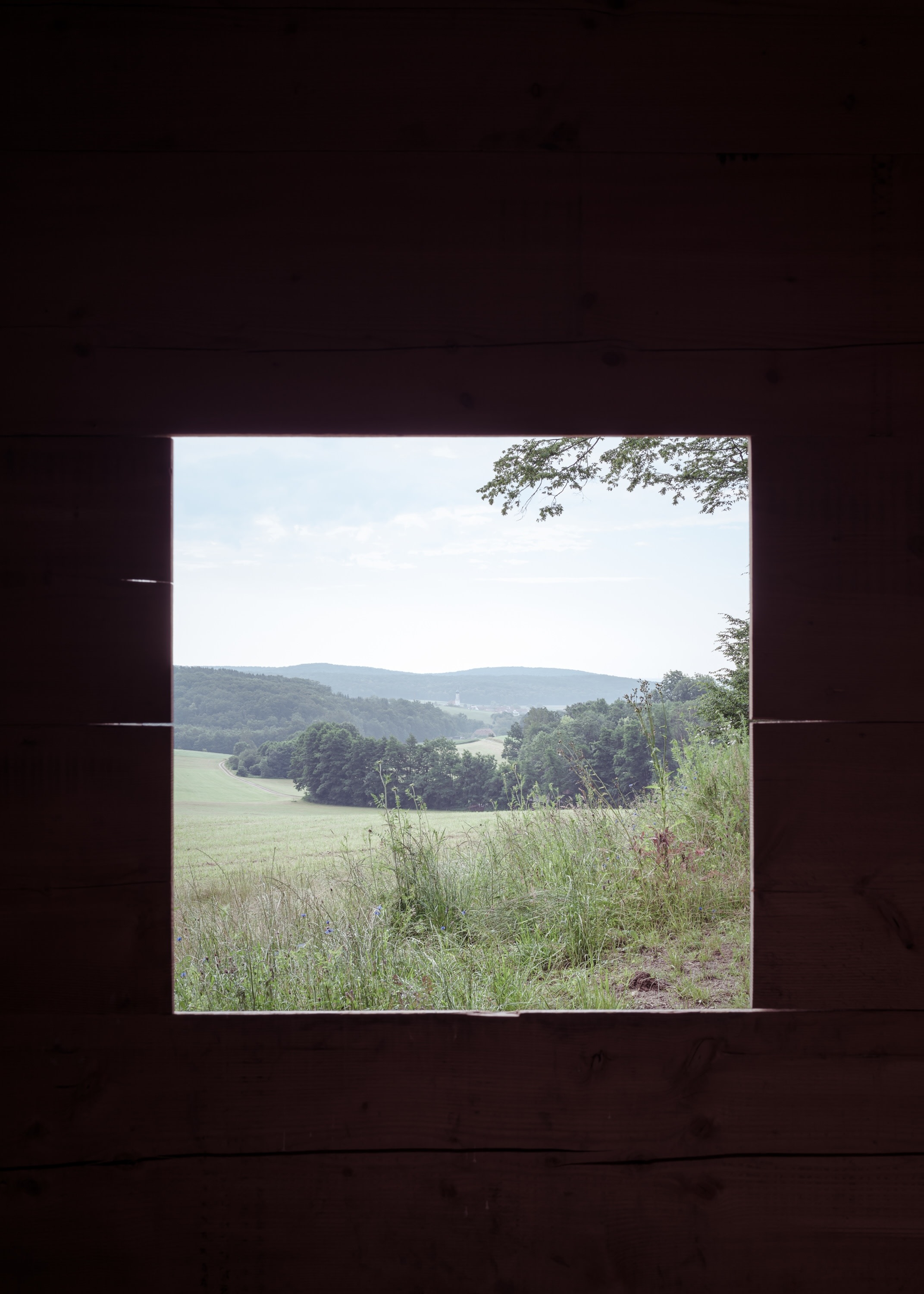
Wooden Chapel
A sole window and a slender cross cut into the wooden structure focus our attention on the spiritual space and the immense quality of the surrounding landscape. The sacred and nature are inextricably intertwined.
Learning from and creating these spaces has in no doubt affected the atmosphere of John’s projects outside of sacred architecture. Lessons of light, mass and site from Le Thoronet inform an oeuvre of more than forty years, as he sets out to create quietly stimulating spaces for work, art, and beyond.
